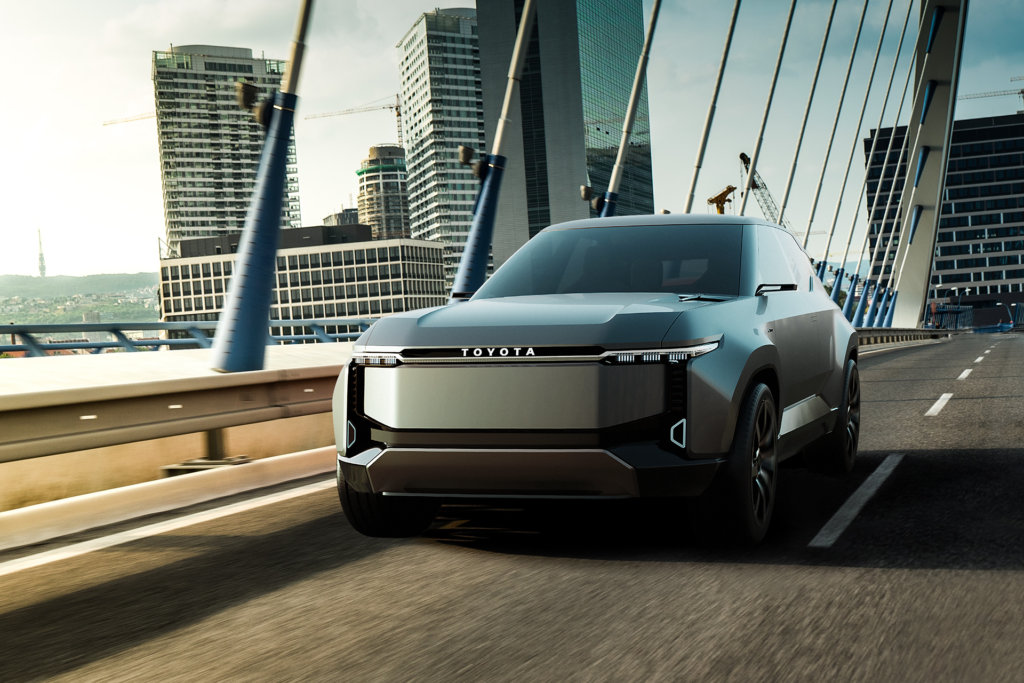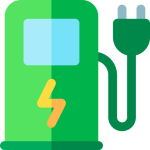
The federal government has unveiled a scheme designed to make both new and used battery electric vehicles (BEVs) more affordable for Australian buyers. Announced by Minister for Climate Change and Energy Chris Bowen at a BYD dealership in Sydney, the initiative partners the Commonwealth Bank (CBA) with government support via the Clean Energy Finance Corporation (CEFC).
Key details
- Interest discount: The scheme cuts up to five percentage points off the interest rate on a standard loan to purchase an EV and eligible household EV charging equipment.
- Estimated savings: The government estimates a borrower could save more than $8,000 on a $40,000 loan over a seven-year term.
- Funding and cap: The CEFC is backing the program with $150 million, and the maximum loan under the scheme is $55,000.
- Eligibility: Workers earning less than $100,000 a year are eligible, and certain essential workers – nurses, police, teachers and similar roles – will qualify regardless of income.
- Vehicle scope: Officially restricted to BEVs, though reports indicate the CBA may extend the reduced rate to plug-in hybrids (PHEVs) as well.
- Timing and context: The announcement precedes the start of Australia’s New Vehicle Efficiency Standard (NVES) on 1 January 2025, which tightens vehicle emissions and fuel-efficiency expectations.
What ministers and industry are saying
Chris Bowen framed the loan scheme as a practical step to reduce running costs and broaden EV access: “Only the Albanese Labor Government is making sure more Australians are able to get behind the wheels of cheaper to run cars and begin saving on their commutes. Discounted loans help remove barriers to ownership, helping more Australians drive cars that can save them thousands of dollars a year.”
Industry groups welcomed the measure as a complement to regulatory changes. MTAA CEO Matthew Hobbs said decarbonising transport requires both “carrot and stick” approaches: incentives to encourage purchases alongside standards such as the NVES. He argued that targeted consumer incentives will be essential if EV uptake is to match overseas transitions.
Aman Gaur, Head of Legal, Policy and Advocacy at the Electric Vehicle Council, emphasised the importance of extending support to the second-hand EV market. “Most Australians buy used cars instead of new ones, but the pre-owned EV market is still developing so targeted financial incentives and support is required to boost uptake and create a self-sustaining market,” he said.
Implications and caveats
- Boost to used EV market: By covering pre-owned BEVs, the scheme could help accelerate a self-sustaining second‑hand market, lowering barriers for mainstream buyers.
- PHEV uncertainty: Although the program is officially targeted at BEVs, the CBA reportedly may apply the reduced rate to PHEVs. This matters because PHEVs will lose access to the fringe benefits tax (FBT) exemption under the Electric Car Discount from 1 April 2025, while BEVs will retain related advantages that benefit novated lease arrangements.
- Sales dynamics: BEV sales growth slowed to just 3.1 per cent in 2024, with most electrified-vehicle growth that year coming from PHEVs and hybrids. The low‑interest loan scheme aims to reverse that trend by lowering upfront finance costs.
- Loan cap and scope: With a $55,000 cap and $150 million in CEFC backing, demand may exceed available funds if uptake is strong – potentially limiting reach unless the scheme is extended.
What this means for buyers
For eligible buyers, the scheme reduces the financing cost of switching to an electric vehicle and can compound lifetime savings by lowering ongoing fuel and maintenance expenses. Essential workers and lower- to middle-income earners could find BEVs more accessible, while the inclusion of used BEVs helps address affordability for the broader market.
Conclusion
The government’s low-interest loan initiative represents a calculated, market-facing incentive aimed at accelerating EV adoption in Australia. By reducing the cost of finance for both new and used BEVs and by extending eligibility to essential workers, the scheme addresses affordability – a key barrier to uptake. Its effectiveness will depend on implementation details, the behaviour of lenders like the CBA around PHEVs, and whether support is maintained or scaled to meet demand. Combined with the upcoming NVES, the measure strengthens a policy mix that pairs consumer incentives with regulatory pressure to decarbonise road transport.
FAQs
Q: Who is eligible for the low-interest EV loans?
A: Workers earning less than $100,000 per year are eligible. Certain essential workers (nurses, police, teachers and similar roles) qualify regardless of income.
Q: Which vehicles are covered by the scheme?
A: The program is officially restricted to battery electric vehicles (BEVs), and includes eligible household EV charging equipment. Reports indicate the Commonwealth Bank may also offer the discounted rate for plug-in hybrids (PHEVs), but that is not yet official policy.
Q: How much can a buyer save?
A: The government estimates savings of more than $8,000 on a $40,000 loan over seven years if the full five percentage point interest reduction applies. Actual savings will vary by loan amount, term, and original interest rate.
Q: What are the limits on the loans?
A: The CEFC is backing the scheme with $150 million and the scheme has a loan cap of $55,000 per borrower.
Q: Does the scheme affect tax benefits like FBT exemptions?
A: PHEVs will lose access to the FBT exemption under the Electric Car Discount from 1 April 2025. BEVs will retain associated benefits, which can be significant for novated lease purchasers. Buyers should seek tailored advice for novated leases and fringe benefits tax implications.
Q: When does this take effect and how does it relate to other policies?
A: The scheme was announced ahead of the New Vehicle Efficiency Standard (NVES), which starts on 1 January 2025. The scheme is designed to complement the NVES by incentivising consumer uptake alongside regulatory measures.
About EV Evolution
EV Evolution is the leading online platform dedicated to Australian electric vehicle owners and enthusiasts. We foster a vibrant community, delivering essential EV news and insights, and enhancing user engagement through our innovative, AI-powered chatbot for dynamic discussions. Our mission is to empower Australian electric vehicle owners and enthusiasts by fostering a vibrant, AI-driven online community that connects, informs, and advances the nation’s electric vehicle landscape.




